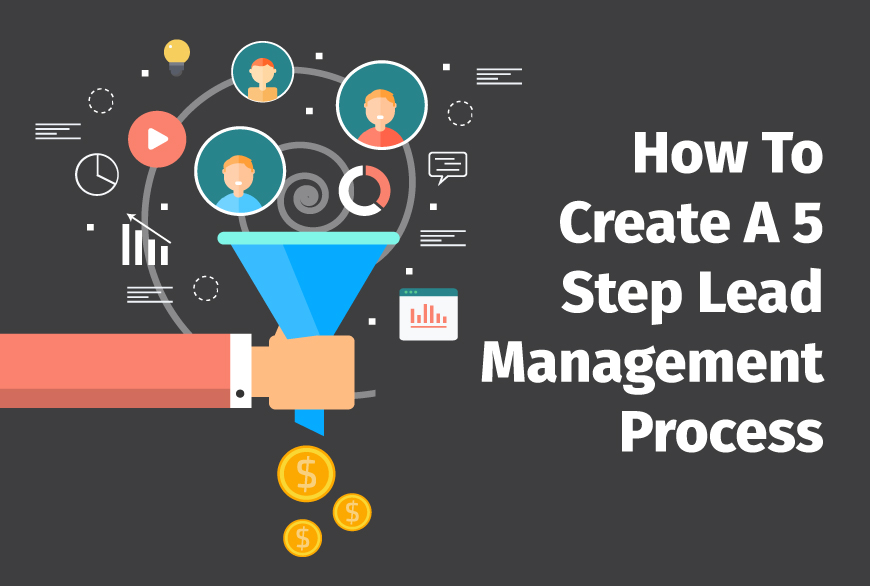Streamlined and effective lead management is crucial for real estate agents. It helps to get clients through identifying potential leads, educating them, engaging with them in a meaningful way, and then turning them into a client.
Let’s take a look at how to create a lead management process in 5 easy steps.
Step 1. Identify Your Leads (And Understand Them)
This first step is critical to set you up for success but is often overlooked by a lot of agents.
You need to determine who your potential client’s areas this will help to identify where they are in the sales process. Create buyer personas for your potential leads.
The persona should include:
Demographics: Where do your ideal clients currently live? Where do they want to live? Do they prefer an apartment or a house? Is their family expanding? What is their annual income? What industry are they in? What are their problems, wants, needs?
Behaviour: Do they read blogs, real estate websites, or do a Google search to find information?
Lead Source: How do your leads find you? Do they come directly from your website? Do they see a Facebook or Instagram ad?
The more information you can find to understand their mindset, the better chance you have of converting them from a lead to a client.
Step 2. Generate Leads
Generating leads can sound like a difficult process, but with the right tools, it can be easier than you think.
Effective tools include:
– Blog posts
– Newsletter sign up
– Social media
– Website SEO
– Facebook & Instagram Ads
– Print Ads
– Custom landing pages
– Webinars / Seminars
– Ebooks and infographics
Step 3. Gather Intel and Data About Your Leads
The next step is to find out the first point of contact with the potential lead. The secret for generating leads and finding out where they come from, is by creating content and tracking it.
Offer premium content like webinars and white papers and put them behind a lead-capture form to collect highly qualified leads, and learn vital information about them.
For every link you share on social media email you should add a tracking token as this helps identify how leads interact with your content.
Use Google Analytics to see how people visit your website or blog, how they interact with it, where they came from, and how long they stay on the site.
Step 4. Give Your Leads A Score
Scoring your leads is a vital part of the lead management process as it lets you determine how interested a potential lead is in your service.
Use demographic and behavioural factors to separate qualified and unqualified leads. Qualified leads are ready to be acted on and may be time sensitive and unqualified leads are ready to go through the lead nurturing process.
Step 5. Nurture Your Leads
Next, break down your leads into different segments based upon their interests, as well as their likely position in the sales cycle.
Did they complete a middle funnel offer like a lead capture form? Or are they still at the top of the funnel in the education phase reading blog posts and free ebooks?
For the leads not ready to try and close, put them into a lead nurturing campaign. It’s most likely that they are still in a research phase finding out additional information.
Real estate agents who have a solid lead management process in place convert more leads into clients. By investing time and resources, you can optimise your lead management process and improve your long term business growth and success.
